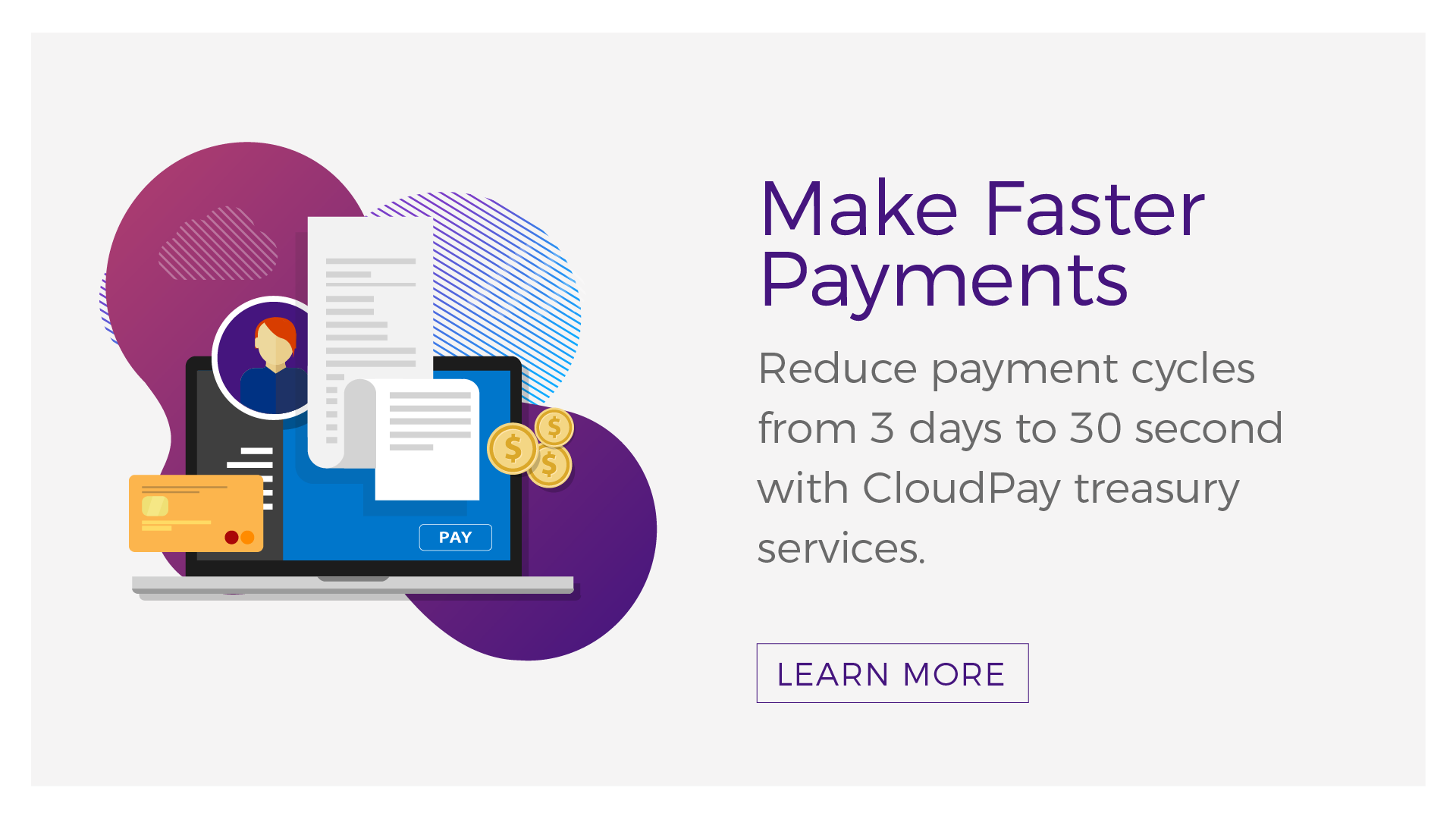The COVID-19 pandemic and the Great Resignation that has followed have generated a huge amount of turbulence in the world of work. Millions of people have changed jobs in search of more money, greater career progression, a new career path or a greater work/life balance. The change has worked out great for many of those employees – but others have found that the grass isn’t necessarily greener on the other side.
As a result, a trend of so-called ‘boomerang employees’ is emerging. In this blog, we’ll explore what it means, why it’s so important to welcome these employees back, and what the trend means from a recruitment and payroll perspective.
What is a boomerang employee and why are we seeing more of them?
As the name suggests, a boomerang employee is one who leaves a job for a new one, but then later returns to their previous employer, either in the same position or a different one. While this may have been a rare occurrence pre-pandemic, it’s becoming increasingly commonplace: iCIMS research in the United Kingdom has found that as many as a third of employees who have recently left their jobs are considering going back to where they worked before.
There are lots of reasons why employees may want to return to their former employer. One particularly relevant reason in the current climate is the pace of change: employees may have left because of cultural or operational issues they weren’t happy with, but if those issues have been resolved, they may be more open to going back.
At the same time, skills shortages and difficulties in hiring top talent in many industries mean that employers are more open to hiring boomerang employees, and more open to paying them what they want. Given that in the past, nearly half of companies had policies that prevented previous employees from being rehired at all, this represents a major change in attitude.
Why you should welcome these employees back
It’s easy for either party to feel that an employee returning to an old job means that mistakes were made the first time round. But bringing a previous employee back with open arms can be beneficial for a variety of reasons:
-
Quicker acclimatization: as returning employees already have existing knowledge, they need less time to be trained, to acclimatize to ways of working, and to operate at maximum productivity
-
Easier adjustment to company culture: similar to the previous point, returnees will likely already have existing working relationships with co-workers, making it far easier for them to collaborate and fit in with the overall culture of the business
-
Bringing back new knowledge: returning employees will have picked up new perspectives, new skills, and valuable knowledge in their time away from the company, which they can then impart to their team members
-
Simpler recruitment: being open to hiring former employees widens the potential talent pool, can reduce recruiting costs, and speed up the onboarding process by targeting ‘known’ people
-
Lower risk: already knowing the key strengths and skills of a former employee means they can be rehired with more confidence that they’ll do well in their role, compared to a relatively unknown external new hire
Considerations when rehiring boomerang employees
Obviously, if an employee is coming back to a company, then there is a reason that they left in the first place that has to be taken into account. That plays a vital role in three key considerations within the rehiring process:
-
Finding out why they left: an HR review that uncovers reasons for employees leaving can be a useful indicator of where changes can be made, whether they’re financial, cultural, or around work/life balance.
-
Addressing issues: if a potential rehire left for a specific reason, then it’s important to establish if that particular issue has been resolved (or is in the process of being resolved). If not, then it’s worth finding out whether the employee is willing to take that into account when re-committing to the company and whether they left on good terms or not
-
Setting expectations: open dialogue between employer and employee should be fostered, where any issues can be talked through, changes made can be outlined, and expectations for the future can be set. This is an ideal opportunity to demonstrate any innovations that have been made, such as flexible working that supports better work/life balance, or on-demand pay that gives employees more autonomy over their finances
In summary
The current trend for boomerang employees has given companies new opportunities to tap into talent that is a known quantity. However, there have to be compelling positive reasons for those employees to consider giving an employer a second try. Everything you can do to make the job and business seem as appealing as possible – including flexible measures such as on-demand pay – can make a big difference when employees are making big decisions around potentially returning.
Improving payroll processes can play a major part in attracting former employees back to your organizations.
Submit an inquiry below and find out how our approach to payroll can help with your talent retention and acquisition.



